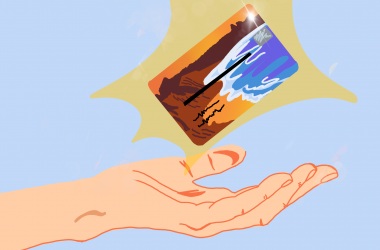A recent study has shown that low doses of MDMA, otherwise known as ecstasy, combined with psychotherapy and treatment can significantly reduce the severity of post-traumatic stress disorder.
The study began in the early 2000s by South Carolina psychiatrist Dr. Michael Mithoefer and his wife, nurse Anne Mithoefer, in collaboration with the Multidisciplinary Association for Psychedelic Studies or MAPS. Researchers from the Medical University of South Carolina reported that the treatment was highly successful.
The Journal of Psychopharmacology published the results that 83 percent of participants were no longer qualified for a PTSD diagnosis after two months. The study primarily focused on survivors of sexual assault, but extended to military veterans after the numbers of these PTSD cases rose.
The treatment includes two doses of pure MDMA in an extended therapy session, followed by another dose after three to five weeks of therapy without the drug. The focus of these sessions is to relieve the patient of the disorder’s symptoms, including flashbacks, anxiety, depression, insomnia, nightmares and hyperarousal. The Mithoefers reported that the patients’ symptoms reduced by 75 percent after treatment. The treatment varies between patients, some are more affected by MDMA than others.
The psychedelic drug, known formally as 3,4-methylenedioxy-N-methylamphetamine, provided twice the relief compared to non-MDMA therapy.
According to the study, the drug lessens overreactions in the brain by altering hard-wired connections between conscious thought and emotional reactions. It releases serotonin, norepinephrine, dopamine and oxytocin, while redirecting activity in the amygdala, a region in the brain that is activated during fearful, threatening situations.
Dr. Julie Holland, a psychiatrist studying the safety of the drug, reported that the controlled environment diminishes most risks associated with MDMA.
Harvard psychiatrist Dr. John Halpern studied the neurotoxicity of the treatment, and found that the occasional dosage does not produce any cognitive damage to patients with the disorder.
According to MAPS, almost one in seven service members returning from Iraq and Afghanistan suffer from PTSD. Many of these cases lead to suicidal acts.
In 2011, the U.S. Department of Veterans Affairs spent close to $5.5 billion to 275,000 veterans for PTSD disability payments. This number is expected to rise this year.
With $15 million, MAPS is working towards supplementing these costs with the MDMA therapy with a 10-year plan to make the drug FDA approved for prescription medicine.
The drug, if approved, will only be applicable for this form of medical treatment and therapy. It has been supported primarily by nonprofit groups to help these veterans. Similar studies are being conducted in Switzerland, Israel and Britain with MDMA, LSD and marijuana.
With the increasing costs of support and growing number in PTSD veterans, this treatment is a step in the right direction.
The study is still small, but is the only known medication to aid PTSD other than antidepressants. CNN has investigated this treatment and found several families whose lives were significantly better after overcoming PTSD. This new therapy movement is not political, it is a health issue regarding veterans that are scarred with the events they have survived. The Mithoefer’s study is an eight to 10 hour treatment that could change a life forever. With 15 of 21 people completely recovered from the disorder, this practice and therapy should be approved and helping others as soon as possible.
Krista Brooks is a junior journalism major and the assistant opinions editor for the Daily 49er.



